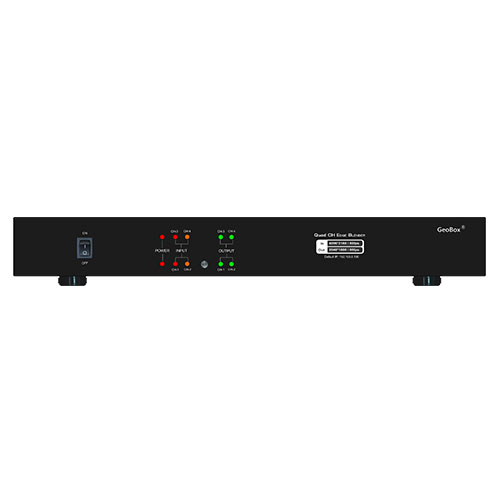
A larger overlapping region provides better control of the overall image, but this has to be balanced against the reduction in image size and the loss of overall number of pixel used in the display. Figure 3: Wide image with overlapping regions.įigure 3 shows an image with overlapping regions which are overlapped in the final projection. This means we can no longer simply cut the projected image into exact parts to match the exact resolution of the total number of pixels used in all projectors, but we now have to compensate for overlapping regions. In this overlapping region the same proportion of the image is projected from both projectors to provide a duplicate image region. For a detailed description about overlapping regions, please read our explanation here. When image blending, we overlap projectors to create what is referred to as an overlap region. The answer lies with the use of image blending.

This results in a tiled appearance, rather than a seamless one as shown in Figure 2. Some areas will overlap whilst others will have a gap. Secondly, it is a difficult task to manually adjust a projector to exactly the right position so that they match up at the edges. For example, an image may drift as they warm up and the brightness and colors will also differ slightly even if the same projector brand and model are used. Firstly, different projectors have different characteristics, even if you are using the same brand and model. In principle it sounds easy, but in practice it is very hard to do. Unfortunately, achieving a seamless image using this technique is near impossible. To try and accomplish this, the projectors are carefully arranged so that the right-hand edge of the left-hand projector sits perfectly next to the left-hand edge of the right-hand projector.

This method is technically referred to as image butting because the projected images are butted up next to one another. Figure 1: A wide image that we want to project using three projectors.Īt first glance it might appear that the easiest way to produce this image across three projectors would be to line up the projectors next to each other. In both cases, a number of projectors are needed which are firstly overlapped and then visually joined together using an edge blending technique. Typically, this is done to increase the size of a projected image to make a very wide image, or by combining a number of lower resolution devices together to increase the total resolution of a display. Edge blending is a technique used to describe the process of visually combining several projected images to make a single seamless image.


 0 kommentar(er)
0 kommentar(er)
